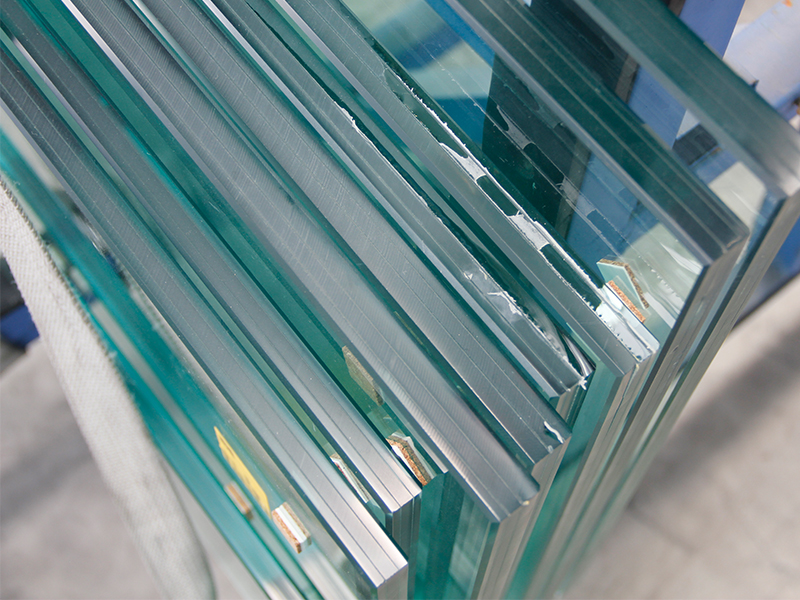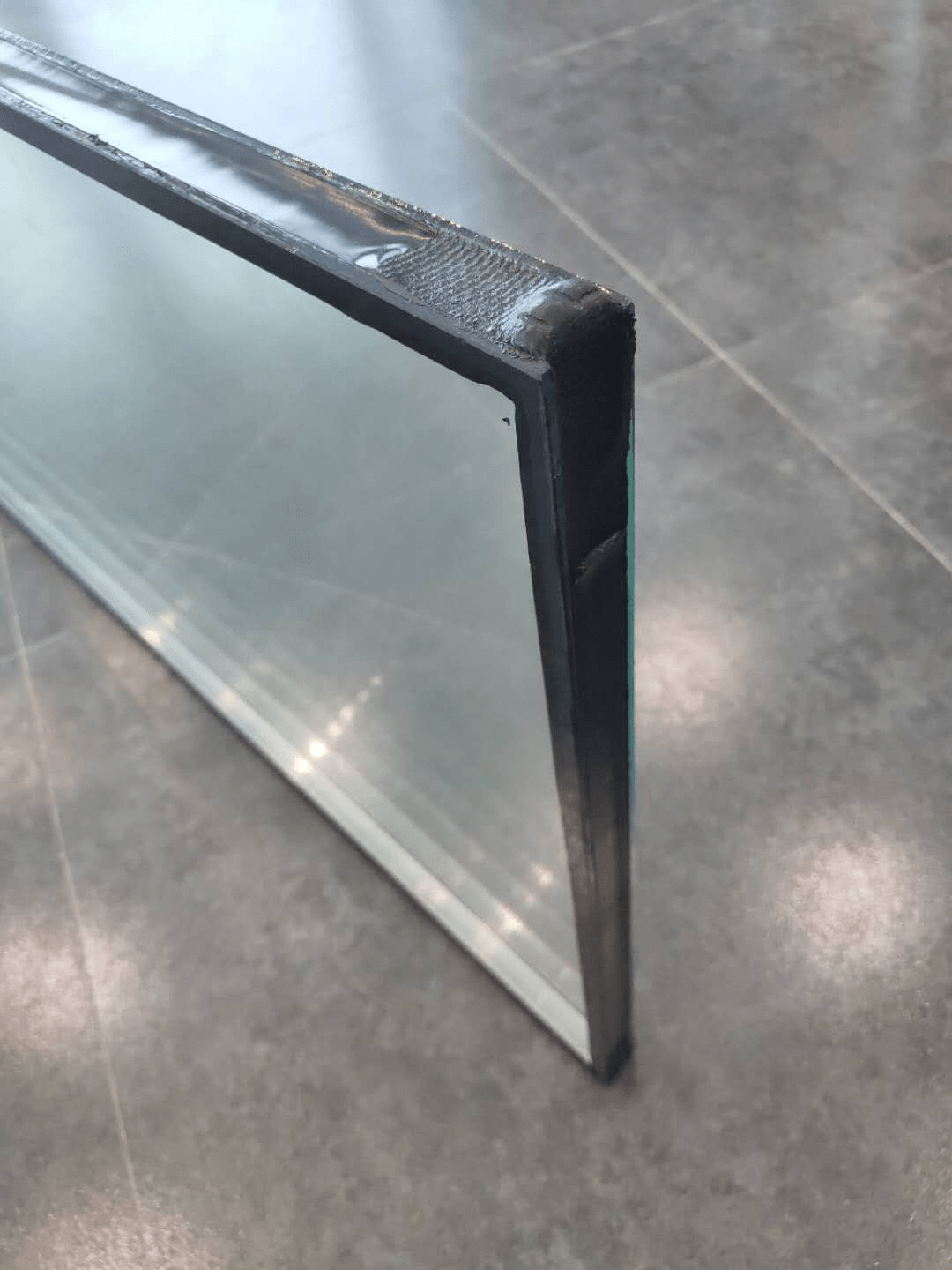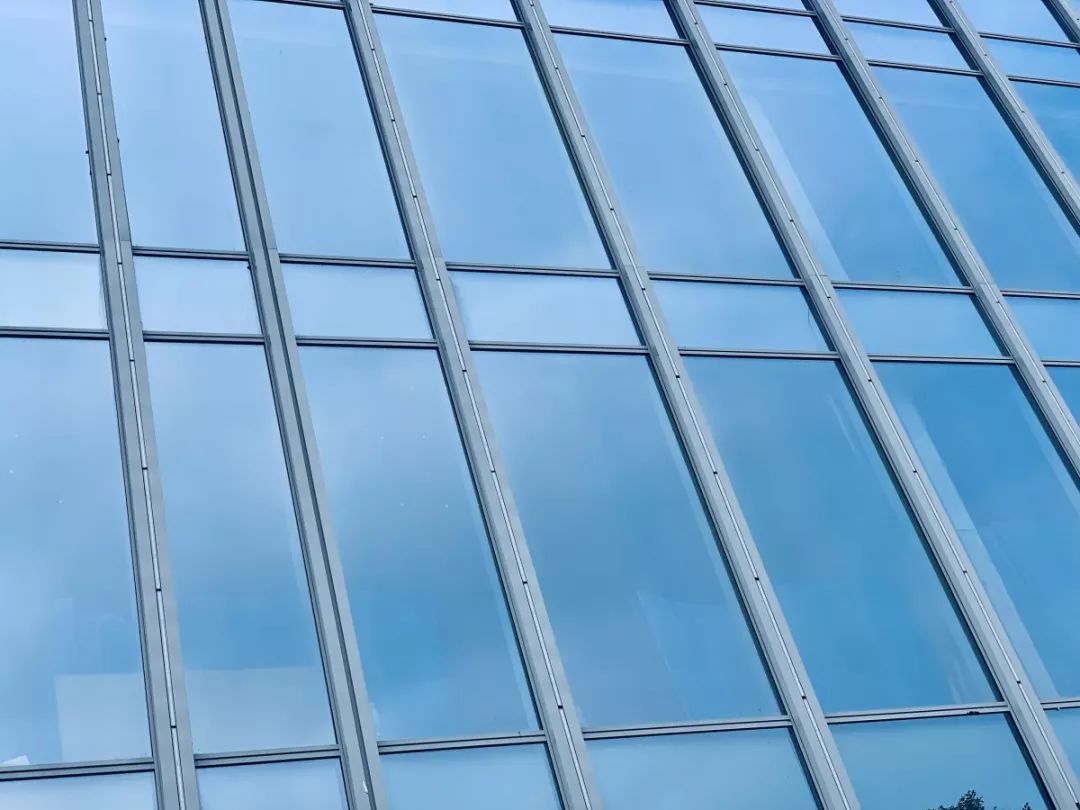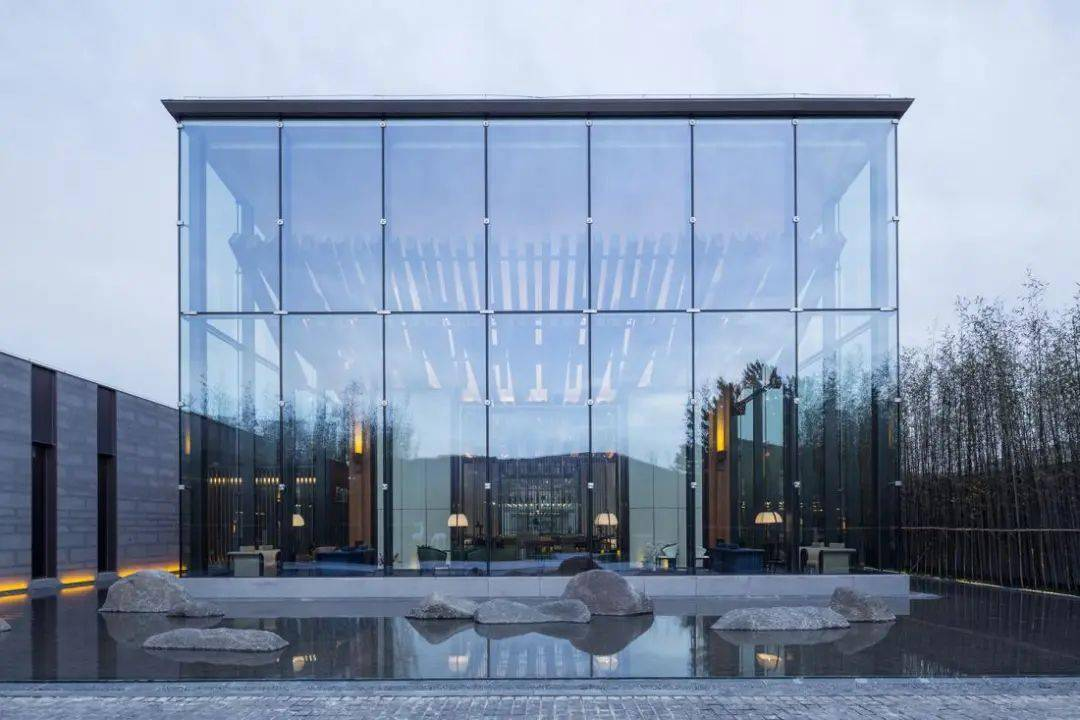If you are decorating your home or office building, you may have heard of or come across insulating glass and laminated glass, two architectural decoration materials. Glass offers many ideas and options for the diversity of architecture, while they have different characteristics in terms of performance and range of use. This article will briefly explain the differences between the two.
Insulating glass is also called double glass. It consists of two or more float glass separated by a layer of air or an inert gas such as argon, and is commonly used for doors, Windows, and skylights. It is designed to provide insulation, sound insulation and energy saving. Since the space between the glass is sealed, it helps to regulate the temperature inside the building and is a highly effective glass for sound insulation.
Insulating glass is commonly used in commercial and residential buildings, including skyscrapers, large malls and schools. It is also used in museums and art galleries, where stable environmental conditions are needed to store art.
Laminated glass is also known as safety glass. Different from insulating glass, it is composed of two or more layers of glass and PVB sandwich. Because of the adhesive effect of PVB film, it can stick to the film after broken, ensuring safety. The thickness of the glass and PVB sandwich can vary depending on the application. With shockproof, anti-theft, explosion-proof performance. In addition, it blocks most harmful UV radiation and protects furniture and other indoor items from fading.
Laminated glass is usually used for large areas of curtain walls, but is also recommended for schools, hospitals and airports where high traffic requires extra security.
The difference between the two:
Firstly, laminated glass and insulating glass have the effect of sound insulation to a certain extent. However, laminated glass has excellent anti-seismic ability and explosion-proof performance, and insulating glass has better heat insulation.
In terms of sound insulation, laminated glass because of its good seismic performance, so, when the wind is strong, it will reduce the noise brought by the vibration of the building itself, and hollow glass, it is easy to produce resonance. But when it comes to isolating external noise, hollow glass has a slight advantage. Therefore, according to different areas, different building height and location to choose the glass is also different.
So what should we choose?
Choose insulating glass or laminated glass, according to the use of the scene, different places to choose the glass is also different. Ordinary home decoration, villa, art museum, etc., insulating glass is the most extensive choice. If it is a high-rise building, the wind is high and the noise is relatively small, the laminated glass is a good choice.
Today’s glass with the upgrading of technology and processing materials, in terms of safety, it can be processed after toughening the original glass. For example, SGP laminated tempered glass is the laminated glass processed with SGP intermediate film after toughening, which not only greatly improves the strength of the final product, but also extends to other uses. For example, large area of glass curtain wall, glass walkway, etc. And the insulate glass processed by Low-e glass, because of the insulating performance of hollow glass itself is better, coupled with the effect of Low-e glass to reduce radiation, it really achieves thermal insulation, warm in winter and cool in summer. In short, no matter what kind of glass is used in architecture, it is not independent. We should analyze according to the project needs, pay more attention to which aspect of the use effect, or single or matching combination to purchase, the most suitable is the best.
- Address: NO.3,613Road,Nansha Industrial Estate, Danzao Town Nanhai District, Foshan City, Guangdong Province,China
- Website: https://www.agsitech.com/
- Tel: +86 757 8660 0666
- Fax: +86 757 8660 0611
- Mailbox: info@agsitech.com
Post time: Jun-02-2023





